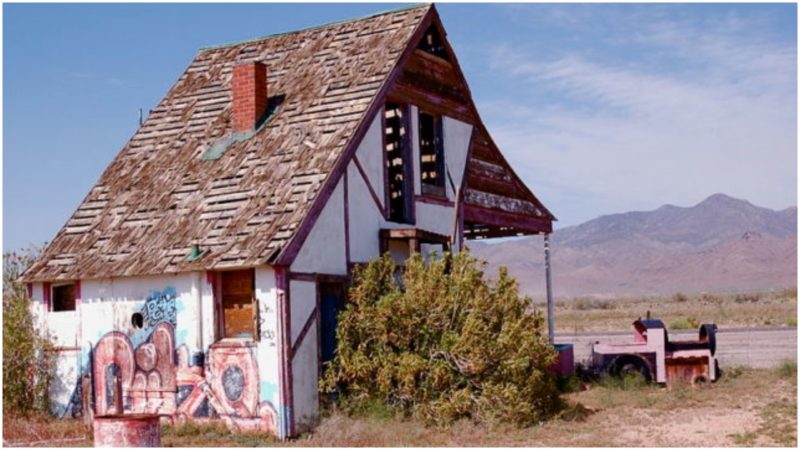The story of Saint Nicholas, Santa Claus, or Father Christmas, is a legendary one. Its beginnings can be traced to Western Christian culture with a benevolent and generous man who brought joy to thousands of children and still does to this very day, or so the story goes.
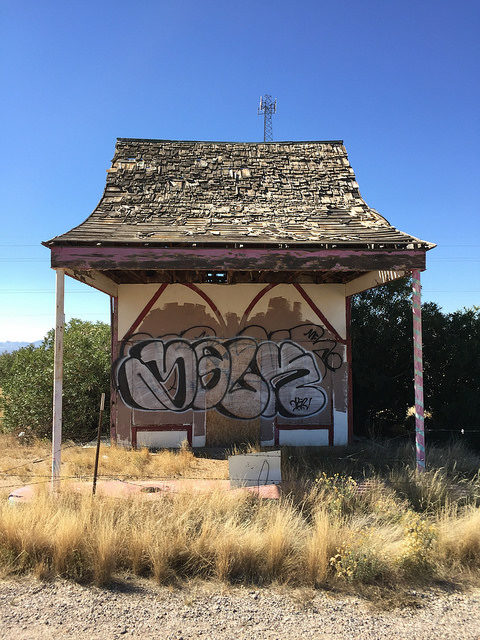
According to one version of the legend, Santa Claus lives on the North Pole, but a woman by the name of Nina Talbot had a different idea. It was around the 1930s when she, together with her spouse, made a decision to move out of Los Angeles and to go and live in Kingman, Arizona. At the time, she was literally the biggest agent in the real estate business in the state of California, weighing around 300 pounds.
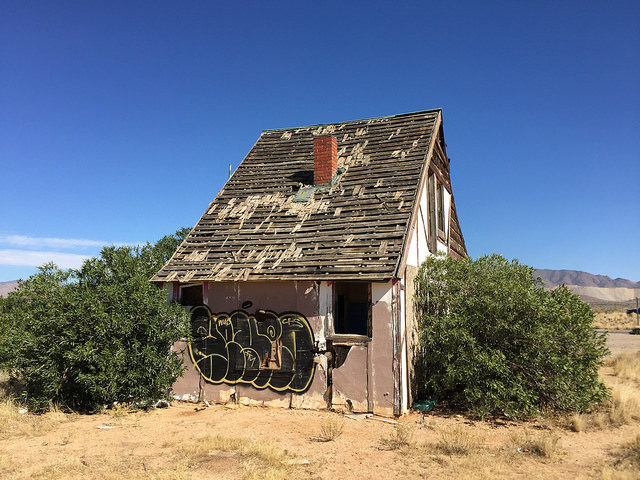
Nina first opened a motel in Kingman, then in 1937 she purchased 80 acres of land around 14 miles from city. The idea was to divide the land into different lots, but all of them should revolve around a central theme of Santa Claus.
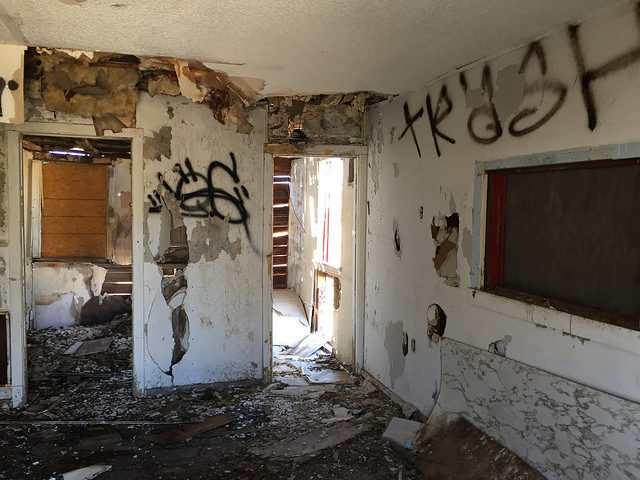
Nina Talbot went even further and built what was known as the “workshop of Santa,” even though is stood nowhere near the North Pole. She did so in order to encourage the sales of the rest of the lots that were part of her original 80 acres.
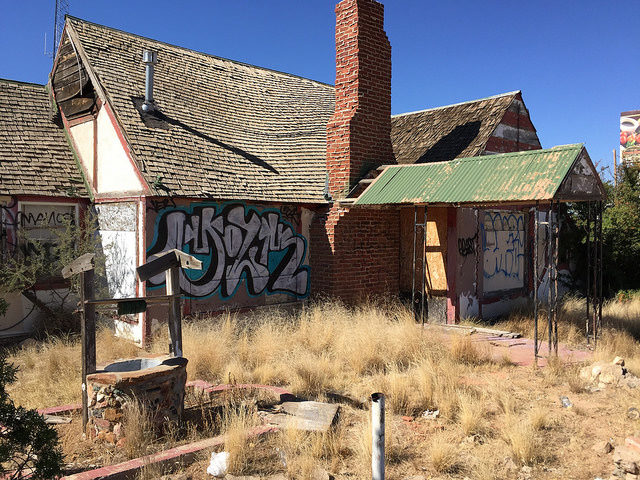
It wasn’t long before Nina’s purchase became a town and a popular tourist destination too. It featured a number of different structures, some of which were not Santa related such as the chalet-like Cinderella’s Doll House. But the main attraction was that Santa was fully available throughout the year, unlike the original that only came during Christmas; plus it was easier to travel to Arizona than it was to the North Pole.
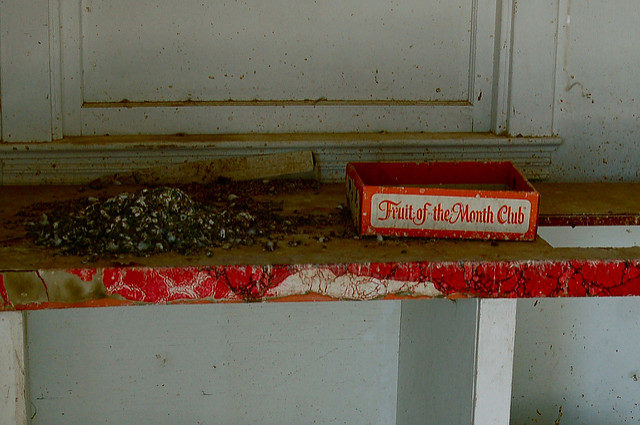
The Santa Claus Acres (as it was called) also had a post office whose peak time came around December, when children were particularly happy to use its services and mail their wishes to Santa. Those who came visiting were welcomed at the Santa Claus Inn; “The small air-conditioned restaurant served a big farm breakfast for 75 cents” writes Marian Clark in her book The Route 66 Cookbook: Comfort Food from the Mother Road. At the same time, while Hitler was rising in power, the Santa Claus Inn was cooking up it’s famous “Chicken a la North Pole.”
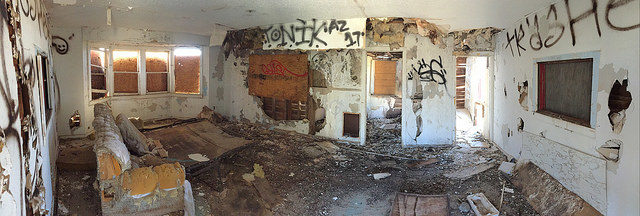
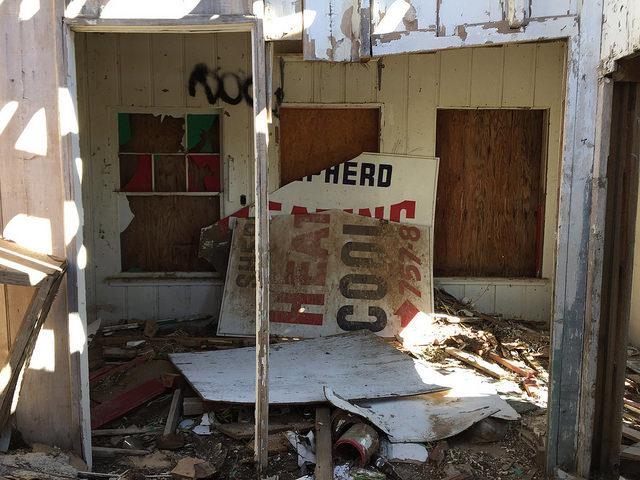
The feast brought people from all over the United States and by the time 1942 arrived, Santa Claus, Arizona was already a famous attraction.
Nina promoted her business for several more years. But the truth was that she struggled to sell any land parcels and the only residents of Santa Claus were the workers themselves, which isn’t much of a success business-wise. With no other choice, Nina went on and sold the whole business in 1949.
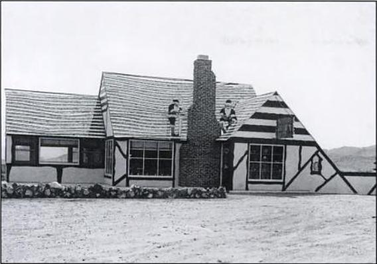
During the 1950s, the inn was renamed the Christmas Tree Inn. Santa Claus Acres kept its popularity up until the 1970s. This when the whole town was closed; it was even removed from the State Map of Arizona as if there had never been a Santa Claus town along Route 66.
The town was slowly deteriorating and was officially abandoned in 1995. Mark Winegardner wrote in Elvis Presley Boulevard: From Sea to Shining Sea, Almost of his visit the place: “A lopsided, artificial twenty-foot tree whistled in the wind beside a broken Coke machine and an empty ice freezer.”
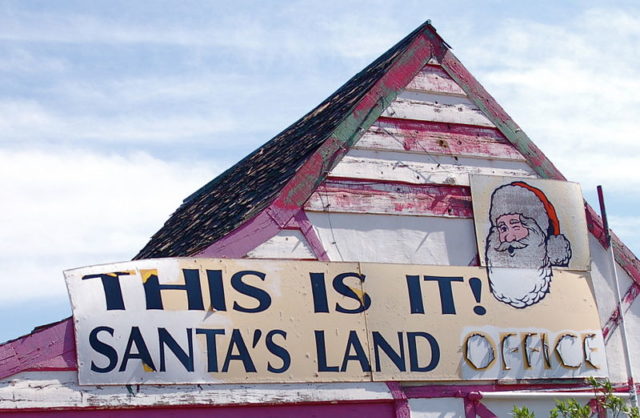
“Two of the three buildings were padlocked; through their windows, encrusted with layers of sand and decade-old aerosol snow…” Today, the town of Santa is completely abandoned and a famous vandal destination. No Santa Claus lives there anymore, only what the jolly graffiti artists have left behind.
